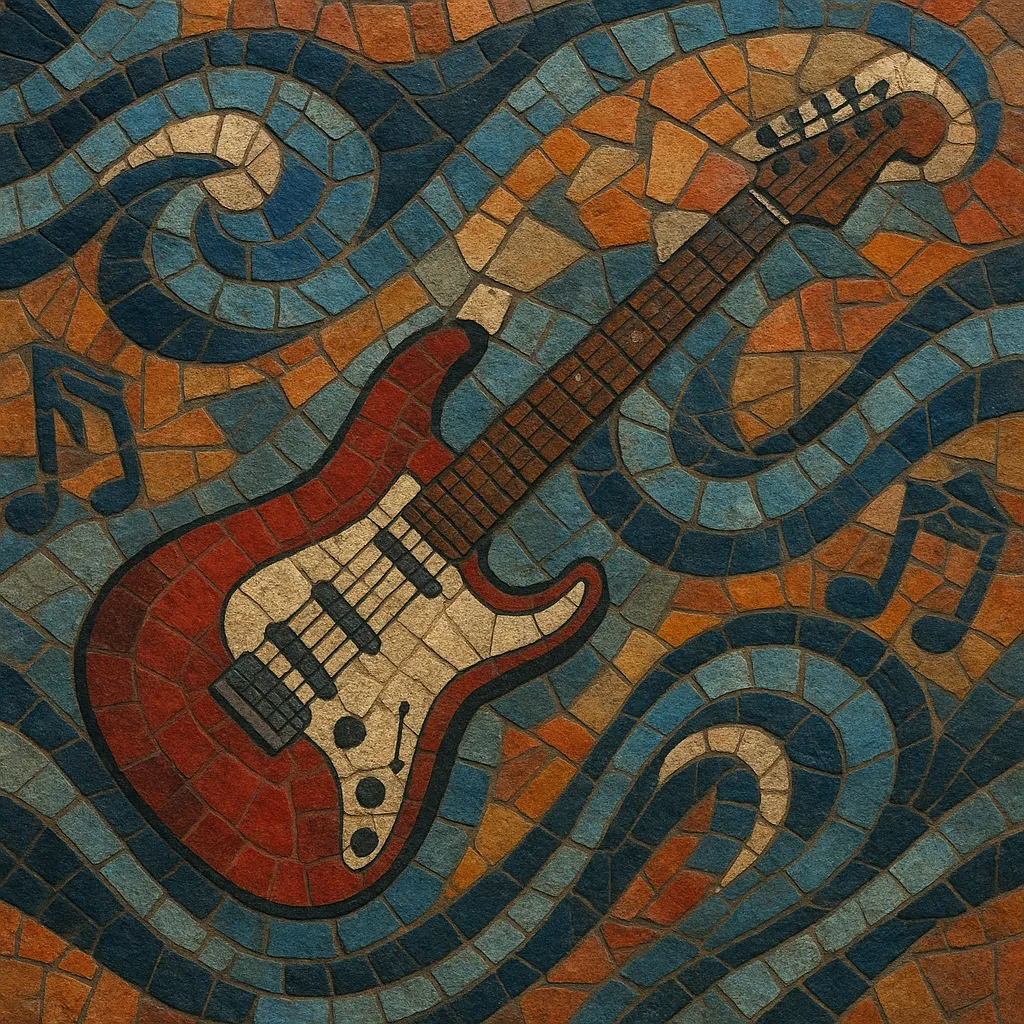Eleki is a Japanese instrumental guitar style that erupted in the mid-1960s, named after the Japanese shorthand for "electric" (ereki). It centered on twangy lead-guitar melodies, surf-style spring reverb, and crisp, danceable backbeats, closely modeled on the sound of The Ventures and other early instrumental rock combos.
While rooted in American surf and rock and roll, eleki often weaves in distinctly Japanese melodic sensibilities. Players sometimes adapt min'yō (folk) melodies or enka-like phrases, yielding striking hybrids where pentatonic or in-scale motifs are voiced through bright single-coil guitars, fast alternate picking, tremolo arm dips, and liberal use of reverb and tape echo. The result is a clean, tuneful, and highly rhythmic instrumental music that is both retro-modern and unmistakably Japanese.
Eleki emerged in Japan during the early–mid 1960s as local musicians embraced the instrumental guitar sounds popularized by American and British groups. Above all, The Ventures’ tours of Japan (beginning in 1962) catalyzed a nationwide fascination with twangy, reverberant lead guitar. Japanese manufacturers like Teisco and Guyatone rapidly expanded production of affordable electric guitars, which helped the style spread among youth bands.
By 1964–1966, an “eleki boom” gripped Japan. Bands led by guitar heroes such as Takeshi Terauchi (Terry) and entertainer-guitarist Yūzō Kayama filled cinemas, TV, and record charts. Films and variety shows showcased sleek electric guitars and instrumental themes, while hit instrumentals like “Black Sand Beach” epitomized the genre’s surf-derived, melody-forward approach. Groups typically featured lead and rhythm guitars, electric bass, drums, and sometimes combo organs.
Even at its peak, eleki was flexible: players adapted Japanese folk tunes and enka-like melodies to surf arrangements, creating a localized identity sometimes dubbed “eleki bushi.” As Beatlemania hit Japan, many eleki combos added vocals and shifted toward beat/“Group Sounds” (GS), seeding Japan’s broader rock scene. By the late 1960s the boom had cooled, but the guitar techniques, repertoire, and sound design remained a foundation for Japanese rock and periodic revival waves.
Eleki’s crisp tones, melodic leads, and surf rhythms became part of Japan’s guitar vocabulary. It directly fed into GS and, later, broader J-rock aesthetics, while ongoing reissues and revival acts keep the style alive among collectors, surf aficionados, and instrumental rock fans in Japan and abroad.


